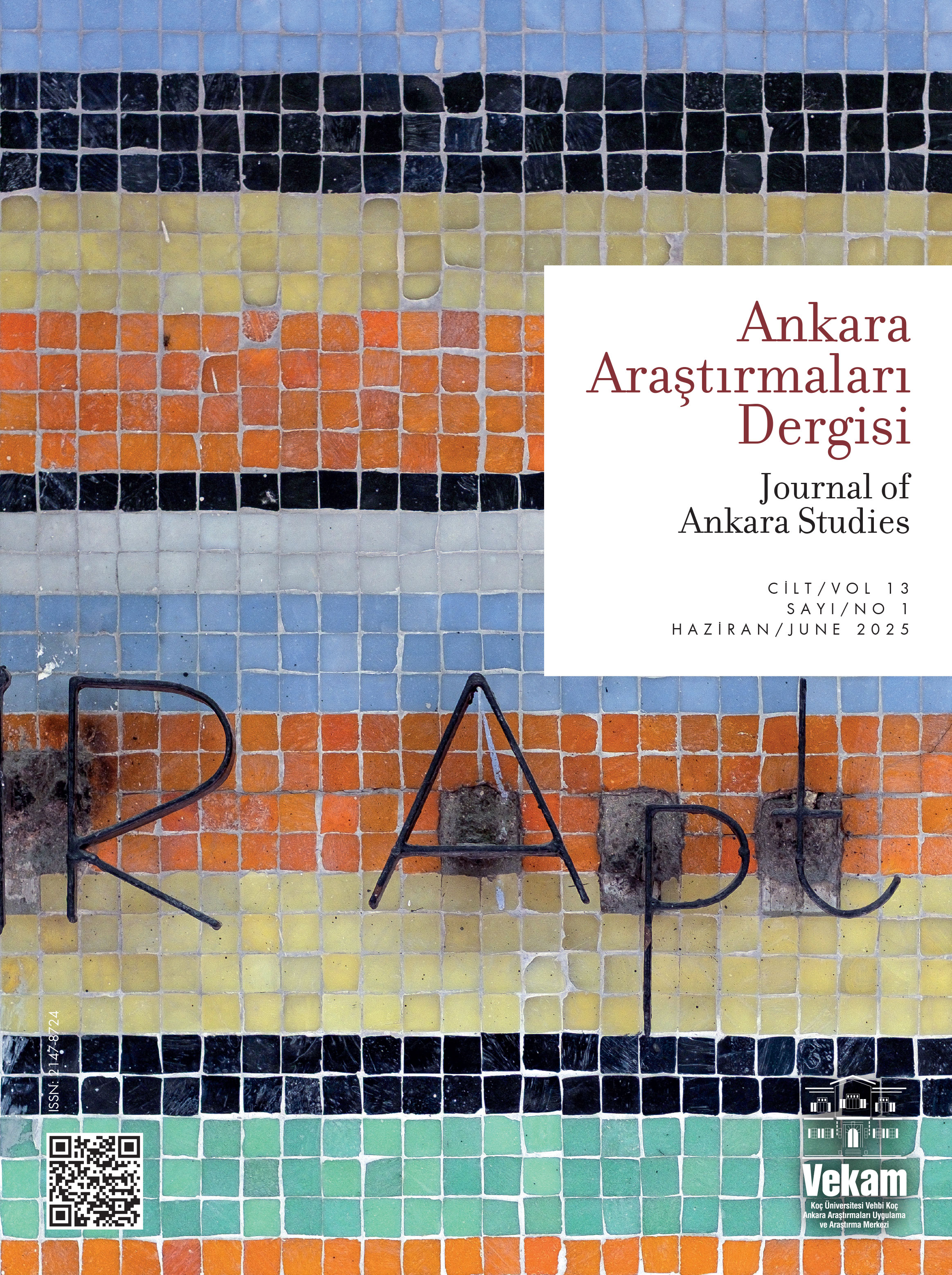Re-Creating Nostalgia: Urban Culture in the Citadel, Hamamönü and Hamamarkası Neighbourhoods of Ankara
Petek OnurIndependent ResearcherConservation, renovation, restoring and urban regeneration activities have been carried out in the historic centre of Ankara, in Ankara Citadel since 2007 and right beside it, in Hamamönü both by local government and investors from the public sector and small-scale enterprises. Hamamarkası region has been the last episode of this process. These activities construct spaces for the consumption and demands of the tourists as well as urban travellers and create a new nostalgia culture based on the phenomenon of authenticity by means of aestheticisation practices. Local ties of belonging which weaken with modernization of globalization come to the fore again and become determining in the production and consumption phases of nostalgia culture. The aim of this study is to examine the formation of the nostalgia culture in these historic regions of Ankara and the diversities that have been produced within it by several actors. Based on the fieldwork comprising the enterprises like cafés, restaurants, antique shops, art galleries, art studios, boutique hotels in the regions, the study presents the repercussions of social memory, traditions, perceptions and longings of the past in the urban culture of Ankara. In the light of these data, it is seen that in these three regions different nostalgia cultures are formed and the emerging cultures are both influenced by neo-liberal globalization and the prevailing political dynamics in Turkey, particularly by the policy of neo-Ottomanism which has been effective in the last ten years.
Keywords: Nostalgia, Authenticity, Aestheticisation, Urban conservation, Urban regeneration, Urban culture, Hamamönü, Hamamarkası, Ankara citadel, Ankara
Nostaljiyi Yeniden Yaratmak: Ankara’nın Kale, Hamamönü ve Hamamarkası Mahallelerinde Kent Kültürü
Petek OnurBağımsız AraştırmacıAnkara’nın tarihî merkezi olan Ankara Kale’sinde 1980’lerin sonundan beri ve hemen yakınındaki Hamamönü’nde ise 2007’den beri hem yerel yönetimler hem de özel sektörden yatırımcılar ve küçük işletmeler tarafından koruma, renovasyon, restorasyon ve kentsel dönüşüm faaliyetleri sürdürülmektedir. Hamamarkası bölgesi ise bu sürecin son halkasını oluşturmaktadır. Bu faaliyetler hem turistlerin hem de kent gezginlerinin tüketimine ve taleplerine yönelik mekânlar inşa etmekte ve otantiklik olgusundan yola çıkarak ve estetikleştirme pratikleri aracılığıyla yeni bir nostalji kültürü yaratmaktadır. Modernleşme ve küreselleşmeyle birlikte zayıflayan yerel aidiyet bağları da nostalji aracılığıyla tekrar gündeme gelmekte ve nostalji kültürünün hem üretim hem de tüketim aşamalarında belirleyici olmaktadır.
Bu çalışmanın amacı, Ankara’nın söz konusu tarihî bölgelerinde bu kültürün oluşumunu ve içinde barındırdığı farklılıkları, nostalji kültürünü üreten aktörlerin mekân yaratma biçimleri üzerinden incelemektir. Çalışma temel olarak, bölgede faaliyet gösteren kafe, restoran, antika dükkânı, sanat galerisi, sanat atölyesi, butik otel gibi işletmeleri ve müzeleri kapsayan saha çalışmasına dayanarak toplumsal belleğin, geleneklerin, geçmişe dair algıların ve özlemlerin Ankara’nın kent kültüründeki yansımalarını ortaya koymaktadır. Bu veriler ışığında söz konusu üç bölgede farklı nostalji kültürlerinin oluştuğu ve oluşan kültürün hem neo-liberal küreselleşmeden hem de Türkiye’deki hâkim siyasal dinamiklerden, özellikle son on yılda etkili olan neo-Osmanlıcılık politikasından etkilendiği görülmektedir.
Anahtar Kelimeler: Nostalji, Özgünlük, Estetikleştirme, Kentsel koruma, Kentsel dönüşüm, Kent kültürü, Hamamönü, Hamamarkası, Ankara kalesi, Ankara
Manuscript Language: English













